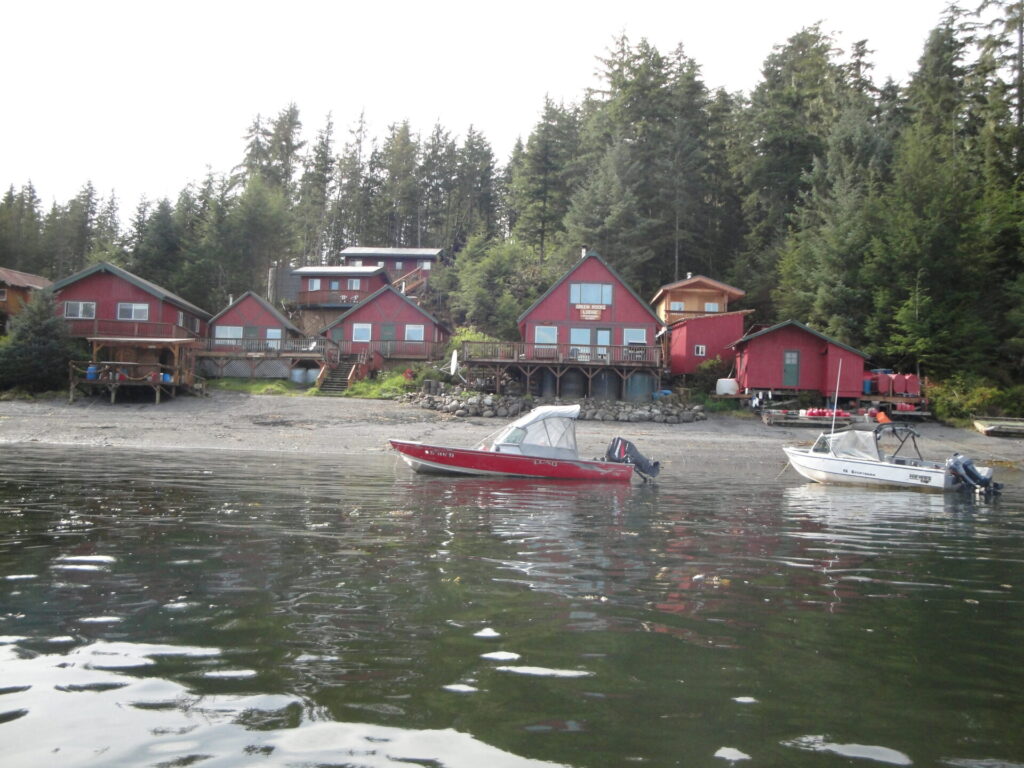Lots of people venture to Green Rocks Lodge near Petersburg, AK for some fishing/hunting fun in the Last Frontier. The lodge offers guests boats for their use in plying the waters in search of fish and game. The surrounding waters are not without potential hazards/concerns. These could cause damage to the boats and possible injury to the occupants if proper navigation procedures are not followed. The following rundown offers basic strategies to keep you safe and sound while you’re guest at the Lodge.
Take a Boater’s Safety Class Prior to Visiting the Lodge-
Many states offer boater safety classes. These help students gain familiarity with basic operations of a boat and the fundamentals of navigation. The classes can be taken in your home state. Lessons taught in this class will help you to operate a boat safely in Alaska. It is recommended to have at least a couple of people in your boat who are boat safety certified while operating a boat from the Lodge.
Safety Orientation Lesson Given at the Lodge-
All guests are required to attend a Safety Orientation seminar held at the Lodge on your first day there. This is done prior to being permitted to operate the boats. Basic navigation procedures are reviewed. Special attention is given to local knowledge of particular hazardous features (shallow reefs that become potential trouble especially at lower tides) in the waters nearby the Lodge. This local knowledge is very important. Some guests have run into trouble in the past when they didn’t adhere to the warnings given at the orientation seminar.
Use the Maps & Electronics Issued per Boat-
Maps of the local waters, a VHF radio, a depth finder, and GPS are issued to the guests for each boat. It’s a good idea to have practice with each prior to visiting the Lodge. That way, you will have a basic comfort level with their use. It’s recommended that you turn the GPS unit on as you leave the Lodge and venture to your targeted fishing/hunting area on your initial trip out. You will be creating a safe “track”. That way, if the weather/navigation conditions become difficult upon your return to the Lodge then you can turn the GPS on and retrace a safe route back. You will then avoid the hazards that you avoided on the way out. It may be wise to erase the existing track lines from the unit that prior guests may have put on.
Additional Hints-
Be watchful as you navigate the waters around the Lodge. Besides the fixed permanent hazards like reefs and rock piles (again pointed out at the Orientation Seminar), features such as floating debris (partially or nearly completely submerged logs) may be present. Kelp beds have been known to cause problems with blocking the outboard motor cooling water intake. These are simple to avoid if you keep a watchful eye out for their presence.
For a more complete navigational safety plan guests should consider bringing a personally owned satellite global communication device. A Garmin inReach communicator is an example of one that allows the user to send text messages worldwide. This device has an easy to use SOS button that will send a distress signal out to rescue officials if you were to run into trouble while on the water and out of radio range from the Lodge.
There is a lot of fun to be had in plying the waters for fish and game at Green Rocks Lodge. The Lodge does its part to keep you safe. If you develop/follow a safety plan as outlined herein then you should be good to go on your trip there.

